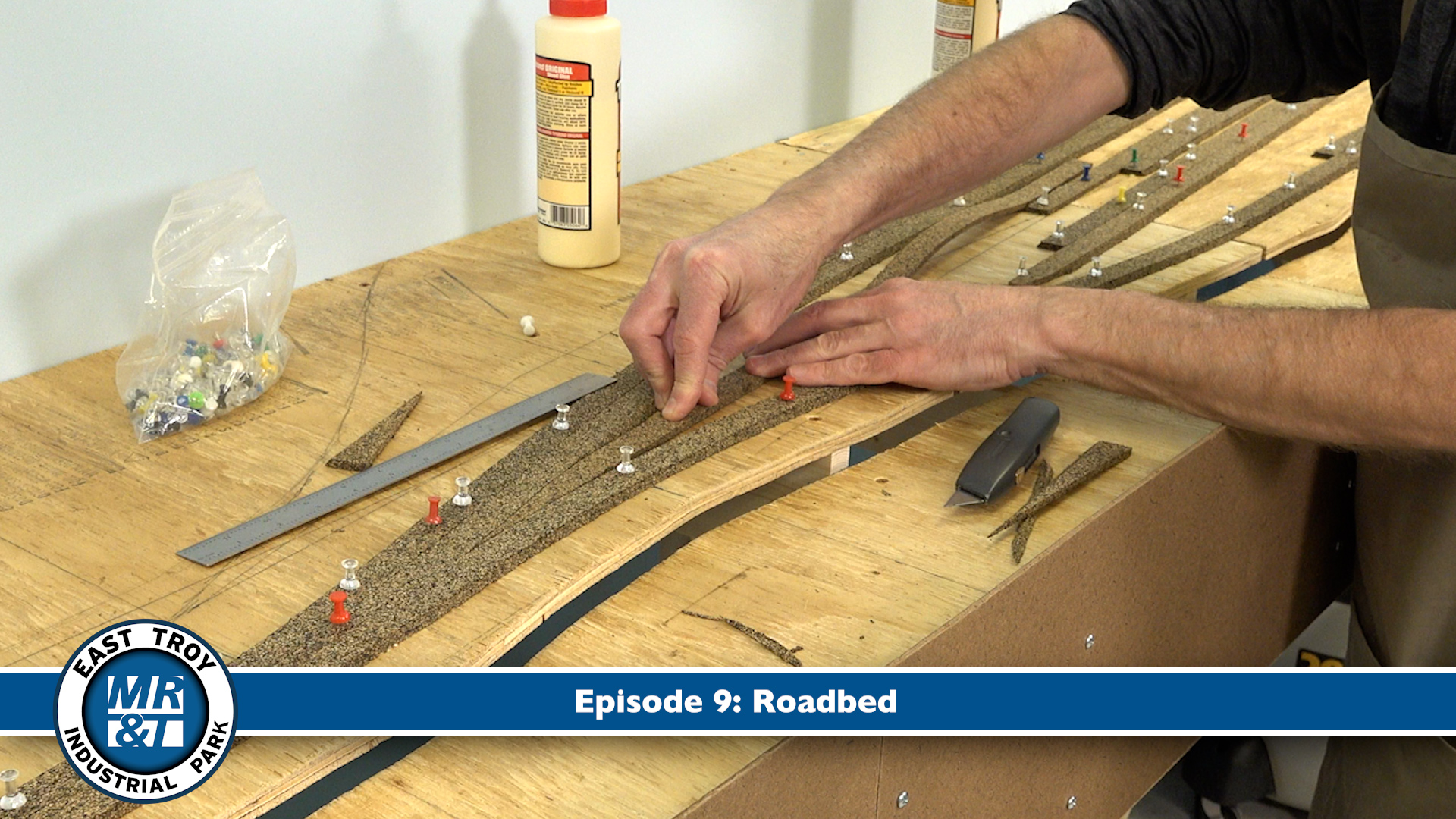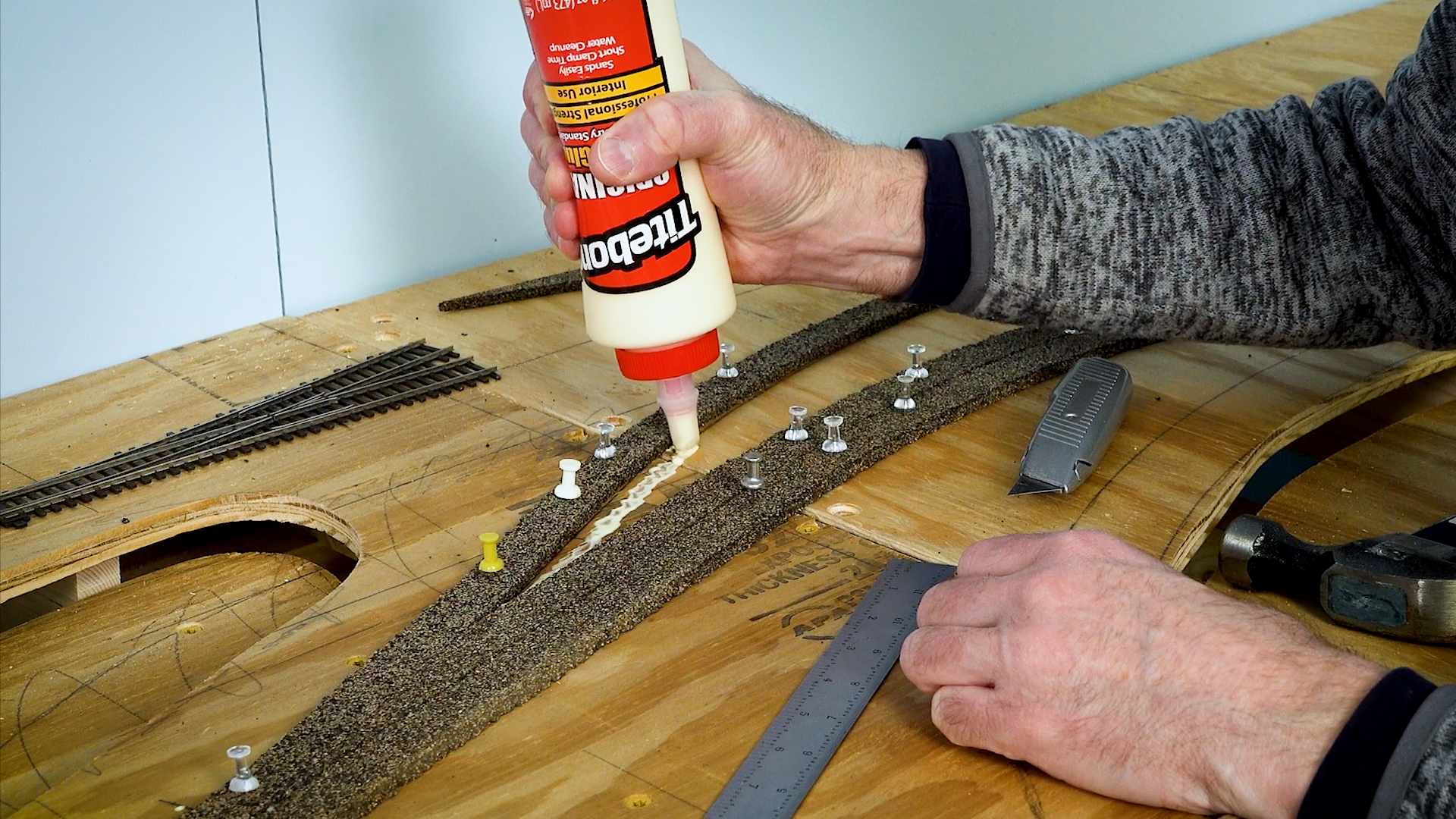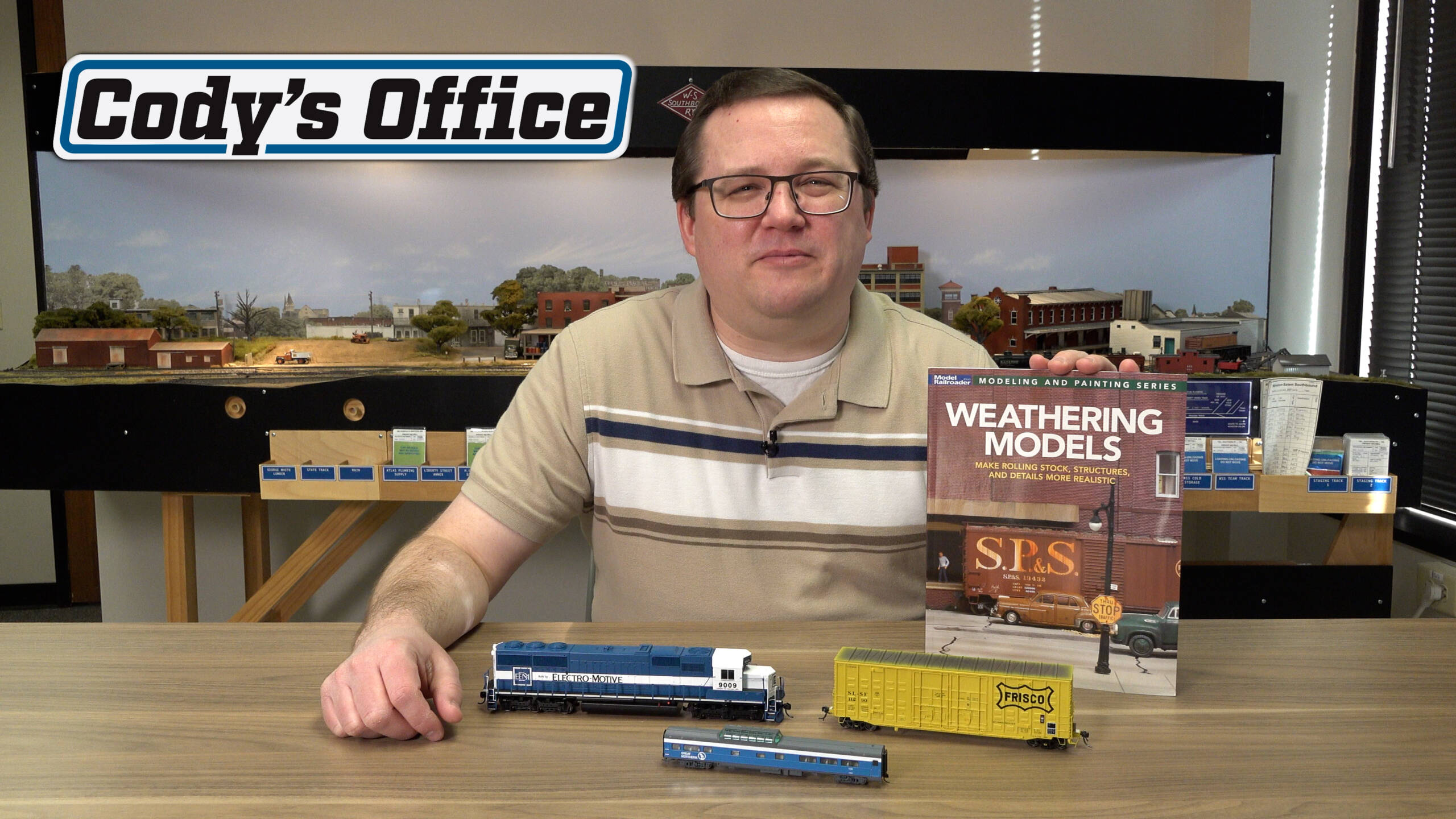What grade can an engine climb?
Different engines will climb different grades. If you are trying to stay within full-size railroad practice, your grades should be no more than about 3 percent for mainline traffic (3″ of rise in 100″ of travel) or 5 percent to 6 percent for logging, mining, or industrial lines. I want to get sound for my engine. Will a sound system rob power from the engine?
With the proper power supply, it shouldn’t.
My engines stall going uphill. Would it help to get a bigger transformer?
It might. If the engines stall (as opposed to slip) on hills, a bigger power pack that provides more wattage (volts x amps) might help. There are other factors to consider, though, including the steepness of your hill, the length and weight of the train being pulled, and the size of the locomotive.
Can I use HO-scale equipment outdoors in a garden railroad?
Yes, it is quite feasible. In Great Britain there are many HO (actually 00) garden railroads. Things to consider:
Provide a firm base for the track-wood is probably best, or concrete with inset wooden blocks to which the track can be attached.
Provide plenty of feeders for good electrical conductivity.
Think about painting the ties to protect them from harmful UV rays. Large-scale ties have UV inhibitors, but HO ties don’t.
Consider using manual switches. HO switch motors are not designed for the rigors of outdoors. All plastic structures and bridges must also be painted to protect them from UV rays. Perhaps buildings could be brought in when not in use.
Other scales can be used outdoors, too! Horticultural Editor Nancy Norris wrote about the Verdi Railroad, which is O scale, and a small container railroad in N scale.
Where can I get a kit to build a live-steam locomotive?
Kits are offered by Roundhouse Engineering of England (they advertise in Garden Railways) and by Aster of Japan. I would also suggest a subscription to Steam in the Garden magazine.
I have purchased an MTH Challenger along with a TIU (Track Interface Unit) and an expensive 10-amp DC power supply. When you have an MTH unit running via remote control, how do you handle other brands of engines? Can one type of remote unit run all types of trains?
To answer your question, I spoke with Andy Edleman at MTH. The short answer is, no, you cannot run MTH digitally controlled equipment (DCS) simultaneously with other brands of digitally controlled trains. However, you can run MTH’s DCS trains simultaneously and independently with any brand of analog-controlled locomotive. This is accomplished by hooking up the power supply into the TIU’s Fixed Input Channels as per the normal setup routine. Because the digitally controlled trains don’t care what the track power is, you can vary the track voltage using the power supply’s built-in controller to control the analog engine’s speed while using the DCS remote to control the digitally controlled engine’s speed, direction, and other DCS features. This should work as long as the track voltage is at least 4-5V.
Do trains run more safely when the couplers are mounted on the trucks, or can safety be improved when the couplers are mounted on the car bodies? What about mounting link-and-pin couplers to the body of the cars?
In general, body-mounted couplers are best. The stresses are transmitted through the frames of the cars, not through the trucks. This causes fewer derailments. I have seen 35-car trains being pushed around curves with body-mounted couplers. You could never do this with truck-mounted couplers.
Regarding link-and-pin couplers, you must be sure your curves are not too sharp to accommodate them. Knuckle couplers can turn and pivot, whereas link-and-pins are more rigid and require wider-radius curves. Curves can also be too tight for cars with body-mounted knuckle couplers, too, which is one reason manufacturers mount couplers on the trucks. Truck-mounted couplers allow the train to negotiate very tight curves. But if you have wide curves, body mounting is better.
Still have questions? Download our beginners guide to garden railroading here.









